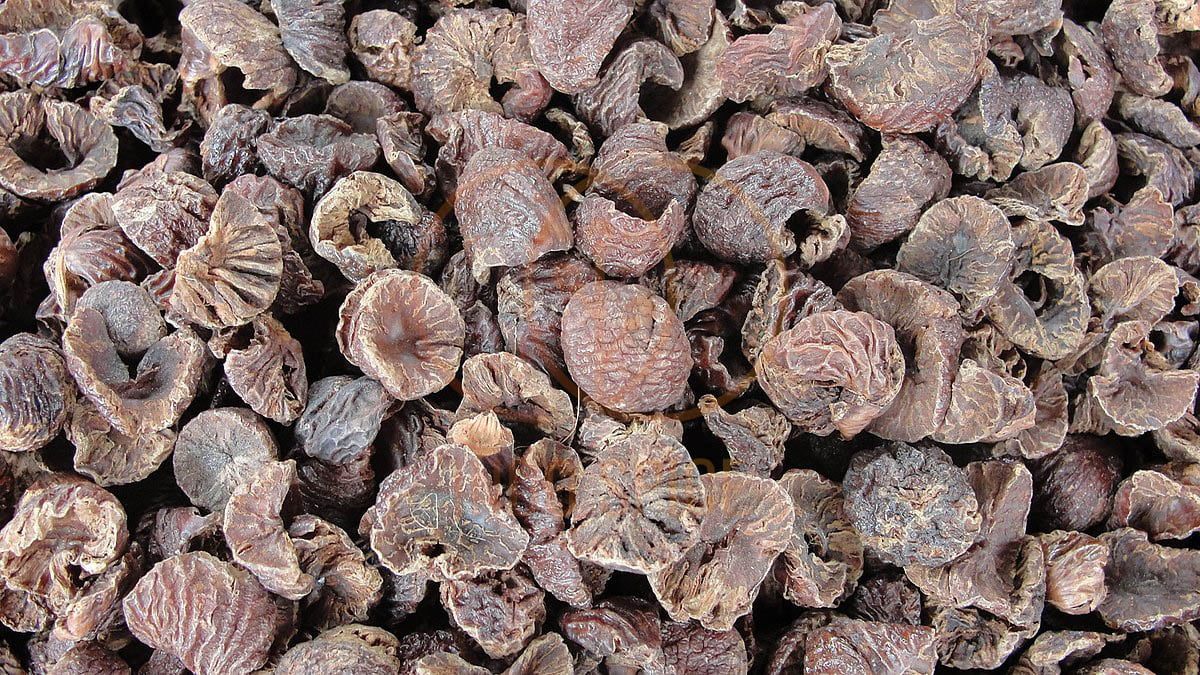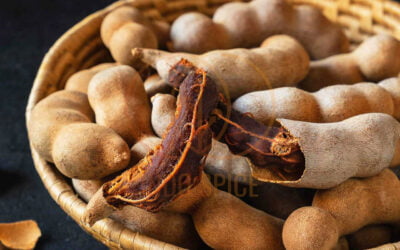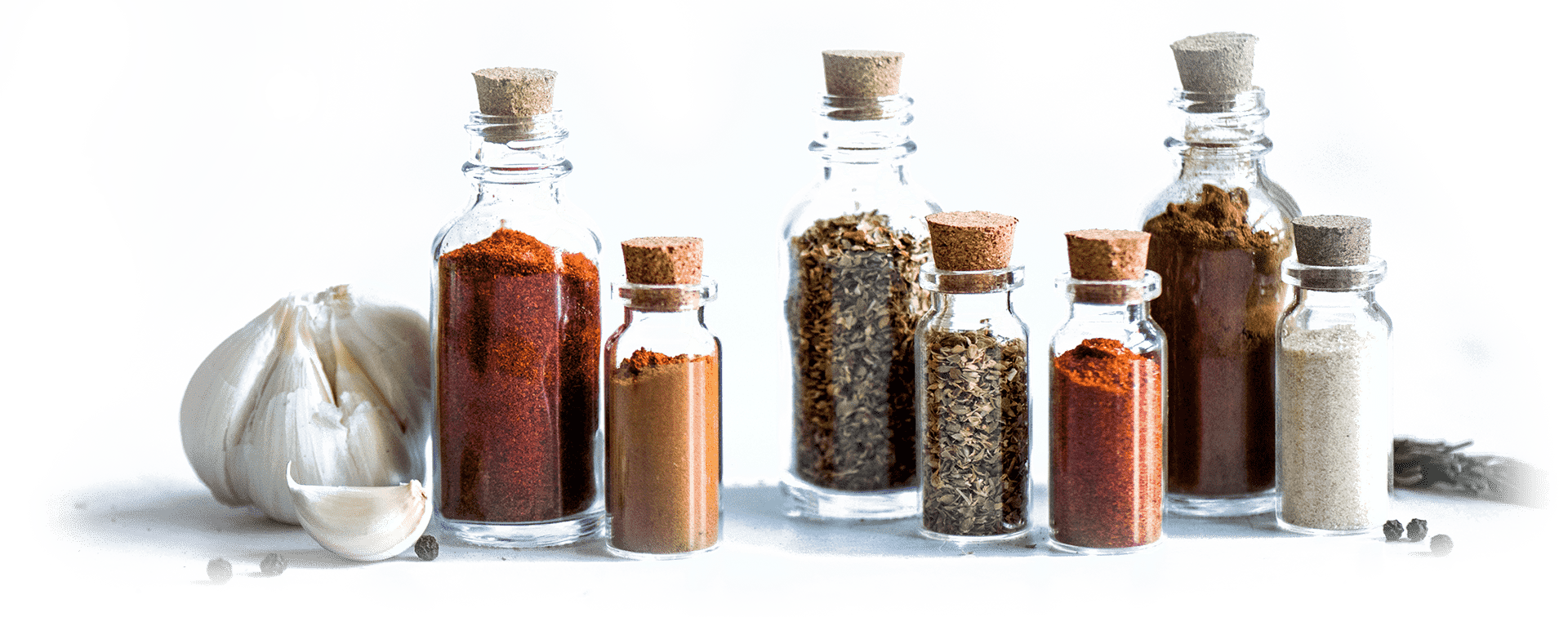Betel nut is the seed of the Areca palm tree and is commonly used as a mild stimulant in Southeast Asian countries such as Indonesia, Philippines, and Vietnam. The betel nut has been a part of Southeast Asian culture for centuries, being used for both medicinal and cultural purposes. Benefits and Risks of Betel Nut :
Table of Contents
Nutritional Value of Betel Nut
Betel nut is a good source of essential nutrients such as magnesium, potassium, and iron. Consuming betel nut has been linked to a range of health benefits, including increased energy levels, improved physical and mental performance, and reduced stress levels.
Betel nut is also believed to have anti-inflammatory and antioxidant properties, which can help protect the body against a range of health conditions, including cardiovascular disease, cancer, and diabetes. Additionally, betel nut has been found to have a positive impact on oral health, helping to reduce the risk of gum disease and other dental problems.
How Betel Nut is Used in Southeast Asia
Betel nut is an important part of the cultural heritage of Southeast Asian countries, where it is consumed and enjoyed as a symbol of hospitality and friendship. The betel nut is often served as a snack or as a part of ceremonial events, such as weddings and other traditional celebrations.
In terms of preparation, betel nut is typically sliced and wrapped in a betel leaf along with other ingredients such as spices, lime, and tobacco. The result is a stimulating and flavorful treat that is enjoyed by millions of people in Southeast Asia.
Betel nut is also used in various industries in Southeast Asia, including cooking, cosmetics, and medicine. In cooking, betel nut is used to add flavor and texture to a range of dishes, while in cosmetics, it is used as a natural alternative to synthetic ingredients. In medicine, betel nut has been used for centuries to treat a range of health conditions, including digestive problems, headaches, and respiratory issues.
Preparing Betel Nut for Consumption
Betel nut can be consumed raw or prepared in a variety of ways, depending on personal preference and cultural tradition. To prepare betel nut for consumption, it is necessary to first slice the nut into thin pieces and then wrap it in a betel leaf along with other ingredients such as spices, lime, and tobacco.
The tools and equipment needed for preparation include a sharp knife, a betel leaf, and a source of lime. It is important to prepare betel nut properly to ensure its safety and quality, as the nut can contain harmful chemicals if not properly processed.
Different Forms of Betel Nut
Betel nut is available in a variety of forms, including whole nut, sliced nut, and powdered nut. Each form of betel nut has its own advantages and disadvantages, and the choice of form will depend on personal preference and intended use.
Whole betel nut is the most natural form of the nut, providing the most authentic and traditional experience. Sliced betel nut is easier to prepare and consume, while powdered betel nut is the most versatile form of the nut, suitable for use in a variety of recipes and applications.
Uses of Betel Nut
Betel nut is used in a variety of ways, including cooking, cosmetics, and medicine. In cooking, betel nut is used to add flavor and texture to dishes, and is particularly popular in Southeast Asian cuisine. In cosmetics, betel nut is used as a natural alternative to synthetic ingredients, providing a range of benefits for the skin and hair. Visit betel nut product page for more information about spices product.






